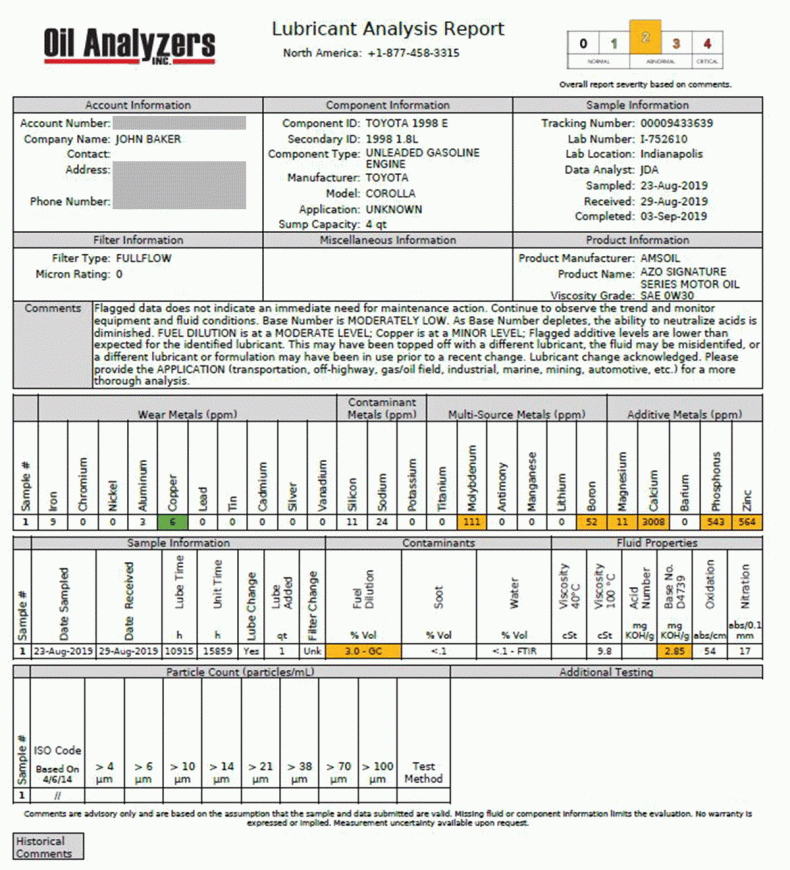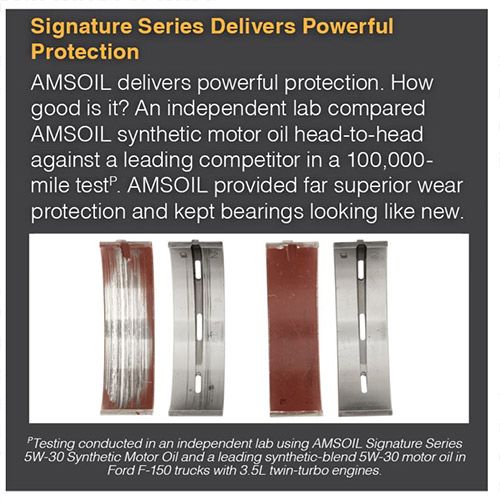How to Perform Oil Analysis We keep these kits right here in the Omaha store. Ask for the one with postage or with out for a slight savings. When doing several vehicles use the one w/o postage to send all together. John Baker|Sep 12, 2019 11:57 AM Used oil analysis is one of the most […]
You are browsing archives for
Tag: engine
Is Starting Fluid Bad for Gas Engines?
Is Starting Fluid Bad for Gas Engines? John Baker|May 22, 2017 8:08 AM The simple answer: In small doses and used properly, it can be effective in hard-starting gasoline engines. But it can be bad for two-stroke or diesel engines. The real question to ask is, “Why does my engine need starting fluid in […]
Don’t Let Extreme Heat Sideline Your Mot
An Oil to Resist Thinning from Extreme Heat and Mechanical Activity Extreme summer heat combined with slow-moving rally or parade traffic can pose big problems for you and your motorcycle. As heat intensifies, motor oil loses viscosity and becomes thinner. The oil can become so thin that the engine loses oil pressure, causing the oil-pressure […]
Where Oil Goes and What it Does
The Responsibilities of Your Motor Oil A typical engine contains hundreds of parts, none of which could function properly without oil. Far from a simple commodity, oil is a dynamic enabler of performance. It must lubricate, cool, protect, seal, actuate components and more. And it must do it all while exposed to tremendous heat and […]



